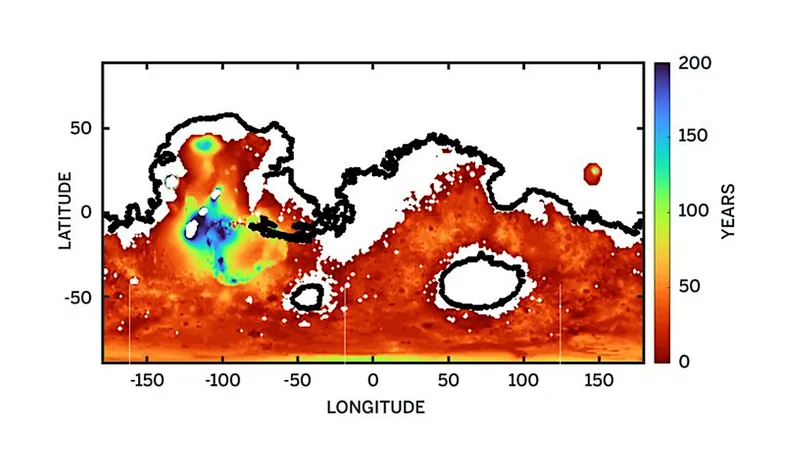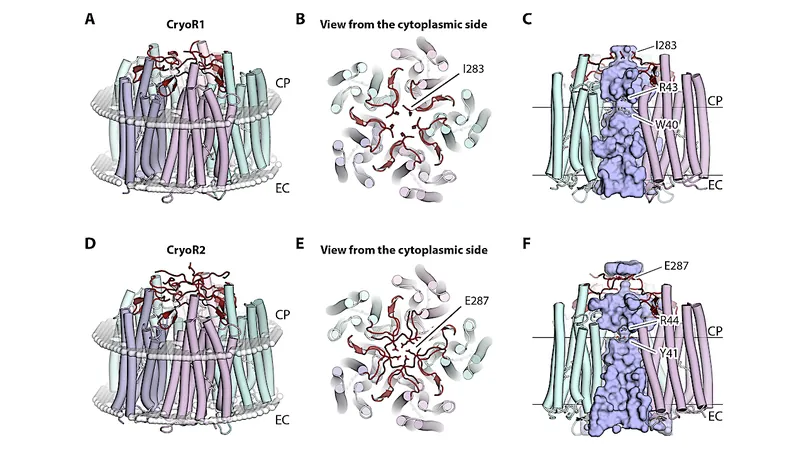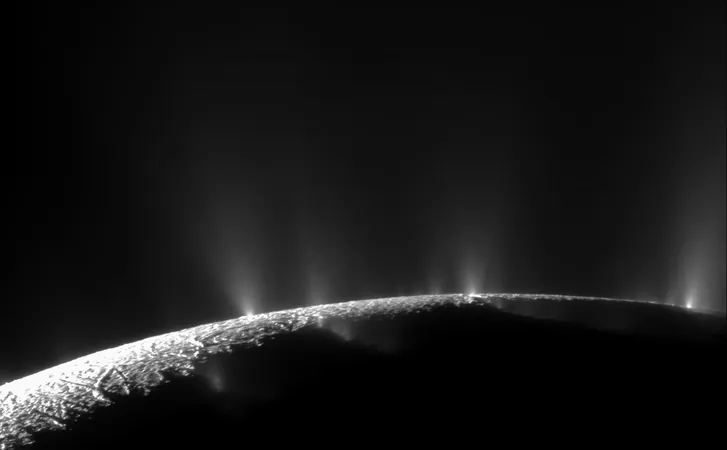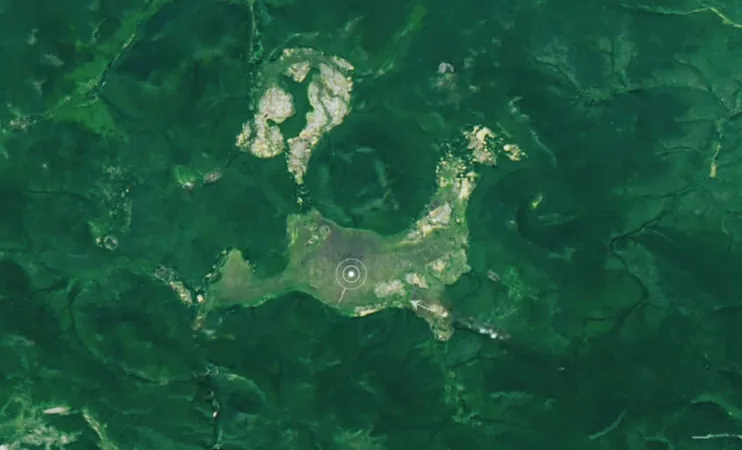
Unlocking Mars' Hidden Water Mystery: The Key to Understanding its Ancient Water Cycle
2025-05-21
Author: Charlotte
Imagine a time when the Martian landscape was teeming with rivers, lakes, and oceans—an ancient water cycle thriving billions of years ago. However, until recently, scientists were left pondering an incomplete picture of how water transitioned from the surface into the depths of the Red Planet.
A Breakthrough from Texas!
Enter two graduate students from The University of Texas at Austin, Mohammad Afzal Shadab and Eric Hiatt, who have shed light on this enigmatic process. They developed a groundbreaking computer model that uncovers how long it took for water on early Mars to seep down to aquifers believed to lie nearly a mile below the surface.
Their intriguing findings revealed that this percolation took anywhere from 50 to 200 years—a stark contrast to Earth, where the same process typically occurs in just a few days.
Mars Could Have Been Submerged!
But wait—there's more! Their research indicated that the amount of water filtering between Mars' surface and its aquifers could have been sufficient to blanket the planet in over 300 feet of water. This water reservoir could represent a substantial fraction of what was available on the planet.
Published in the reputable journal Geophysical Research Letters, this research adds vital pieces to the puzzle of Mars' water cycle, as Shadab, now a postdoctoral researcher at Princeton University, explains. Understanding how water cycled in the past is crucial for deciphering where it went and how it could potentially support life.
The Fascinating Future of Mars Exploration
Shadab envisions integrating these findings into a comprehensive model to trace the evolution of water and land on Mars over millions of years, moving closer to answering the ultimate question: What happened to all that water?
Where Did All The Water Go?
Fast forward to today, and Mars is largely a barren desert. However, millions of years ago—during the very era when life was budding on Earth—water sculpted valleys, carved craters, and formed oceanic shorelines on Mars. Unfortunately, most of that water now resides locked in the planet's crust or has been lost to space due to the thinning atmosphere.
Understanding the groundwater dynamics is crucial for future Mars expeditions. According to Hiatt, the water that seeped into the crust wasn't lost to space entirely, which could be crucial for potential human colonization efforts looking for underground resources to sustain life.
Collaborative Research That Could Change Everything!
Supported by various prestigious grants, including a Blue Sky grant from the University of Texas Institute for Geophysics, Shadab and Hiatt's study ranges beyond just academic interest. Collaborating with experts from esteemed institutions like the European Space Agency, their work might just redefine our understanding of Mars as a potentially habitable world.
Conclusion: A New Hope for Mars!
With these insights, scientists are re-examining early Mars not as a water-rich planet replenished by evaporation, but as one where stagnant water was quickly lost to the ground—never to return. Every drop of water holds the key to understanding whether life could ever have existed on our neighboring planet. The hope is that future explorations will reveal what remains beneath the surface, igniting possibilities for human existence on the Red Planet.









 Brasil (PT)
Brasil (PT)
 Canada (EN)
Canada (EN)
 Chile (ES)
Chile (ES)
 Česko (CS)
Česko (CS)
 대한민국 (KO)
대한민국 (KO)
 España (ES)
España (ES)
 France (FR)
France (FR)
 Hong Kong (EN)
Hong Kong (EN)
 Italia (IT)
Italia (IT)
 日本 (JA)
日本 (JA)
 Magyarország (HU)
Magyarország (HU)
 Norge (NO)
Norge (NO)
 Polska (PL)
Polska (PL)
 Schweiz (DE)
Schweiz (DE)
 Singapore (EN)
Singapore (EN)
 Sverige (SV)
Sverige (SV)
 Suomi (FI)
Suomi (FI)
 Türkiye (TR)
Türkiye (TR)
 الإمارات العربية المتحدة (AR)
الإمارات العربية المتحدة (AR)